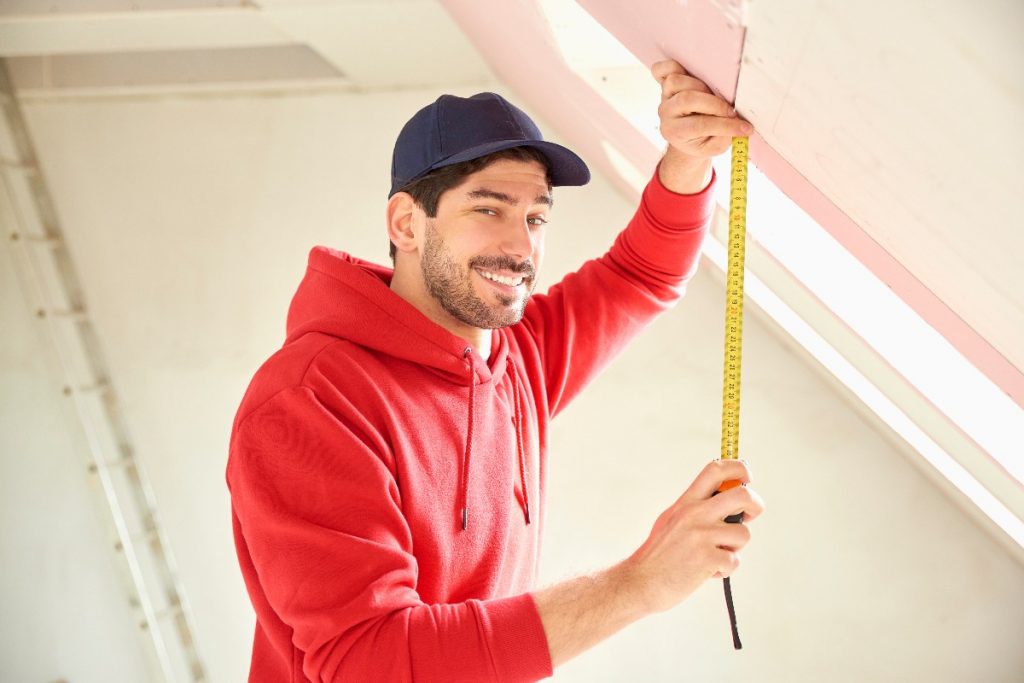In the United States, the term ‘house flipping‘ is used to describe the process of buying, restoring, and selling a property to gain profit. In this type of business, you will earn money either by buying and fixing a house then selling it or by buying low and selling it at a higher price. If you are interested in this side of the real estate market, here is some information that will help you further understand house flipping.
How to Find a House to Flip
A neighborhood near schools, hospitals, and supermarkets is always easy to sell on the market, especially if you are targeting families. One good tip is to buy the smallest house that you can find in the most appealing neighborhood. If your property is priced at USD 300, there’s a huge chance that it will instantly sell compared to a USD 500 property. In other words, the lower the house is priced, the more attractive it will be to house hunters.
One term you will constantly encounter when looking for a property to flip is ‘unique.’ And most of the time, unique means odd or requires major rehabilitation. Though you can find ways to make that house attractive, taking on a ‘unique’ property will not just cost you a lot of time but also tons of money.
What to Avoid
When choosing a property to flip, your line of thinking must be the same as the way a potential buyer would think. To put it simply, you have to consider the houses near your potential project and as well as its location.
The first thing to do is check your neighbors. For example, no matter how newly renovated your house is, if it is sitting next to a home inhabited by a cat or dog hoarder, there is a big chance that your buyer will back out. Living next door to that kind of neighbor has serious health risks, and your clients know that.
In addition to checking out the neighbors, you also need to refrain from flipping a house near an intersection or a busy street. Families always put their children’s safety above all else, and moving near a busy intersection exposes their kids to certain safety issues.

Invest on Landscaping
During an open house, one of the things that can catch the attention of buyers is the aesthetic of the whole house, including the lawn, backyard, or garden. Dead grass, overgrown bushes, and untrimmed trees are deal-breakers. They could easily drive away potential buyers even if the interior of the house is impressive.
Landscaping doesn’t necessarily need a professional. If you are working on a fixed budget, you can easily improve the house’s facade by mowing the lawn, pulling out overgrown weeds, and putting pots filled with plants like purple fountain grass, snapdragons, and salvia. These types of outdoor plants are stunning and are drought resistant. They are also affordable and easy to maintain.
Have the Systems in the House Inspected
Once you have decided to purchase a house to flip, you have to make sure that professional contractors inspect it. They will let you know about the whole building’s integrity and how much repair needs to be done. Some of the most important aspects that need attention are the house’s electrical, plumbing, and HVAC systems.
A majority of buyers are aware of the importance of having these systems checked. For example, some clients request air duct cleaning before moving in to get rid of accumulated dust, dander, and pet fur. In contrast, others pay extreme attention to the safety of the whole electrical system.
Obtain Necessary Permits
Now that you already have a solid plan to follow, the next thing that you have to do is to obtain the necessary permits. Permits ensure that your workers are professionals and are insured. These types of documents also protect you from certain safety issues like accidents related to structural or electrical issues.
On top of that, the most important purpose of a permit is to prove that the house you are flipping is following the city or state’s building guidelines and codes. Some of the jobs that will require a permit are:
- Expanding the house’s square footage
- Installing a new electrical wiring
- Building a deck above a particular height
- Any repairs or renovation involving a public sewer line
- Installing a fence above the standard 6 feet
- Demolishing a load-bearing wall
House flipping is a practice that continues to grow every year, and in 2019 alone, there has been a total of 246,000 flipped houses in the US. Armed with the basic knowledge about this industry, you can now start planning a business that will allow you to earn money while making houses look beautiful again.

